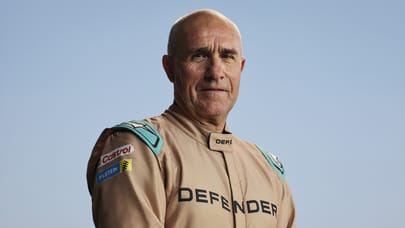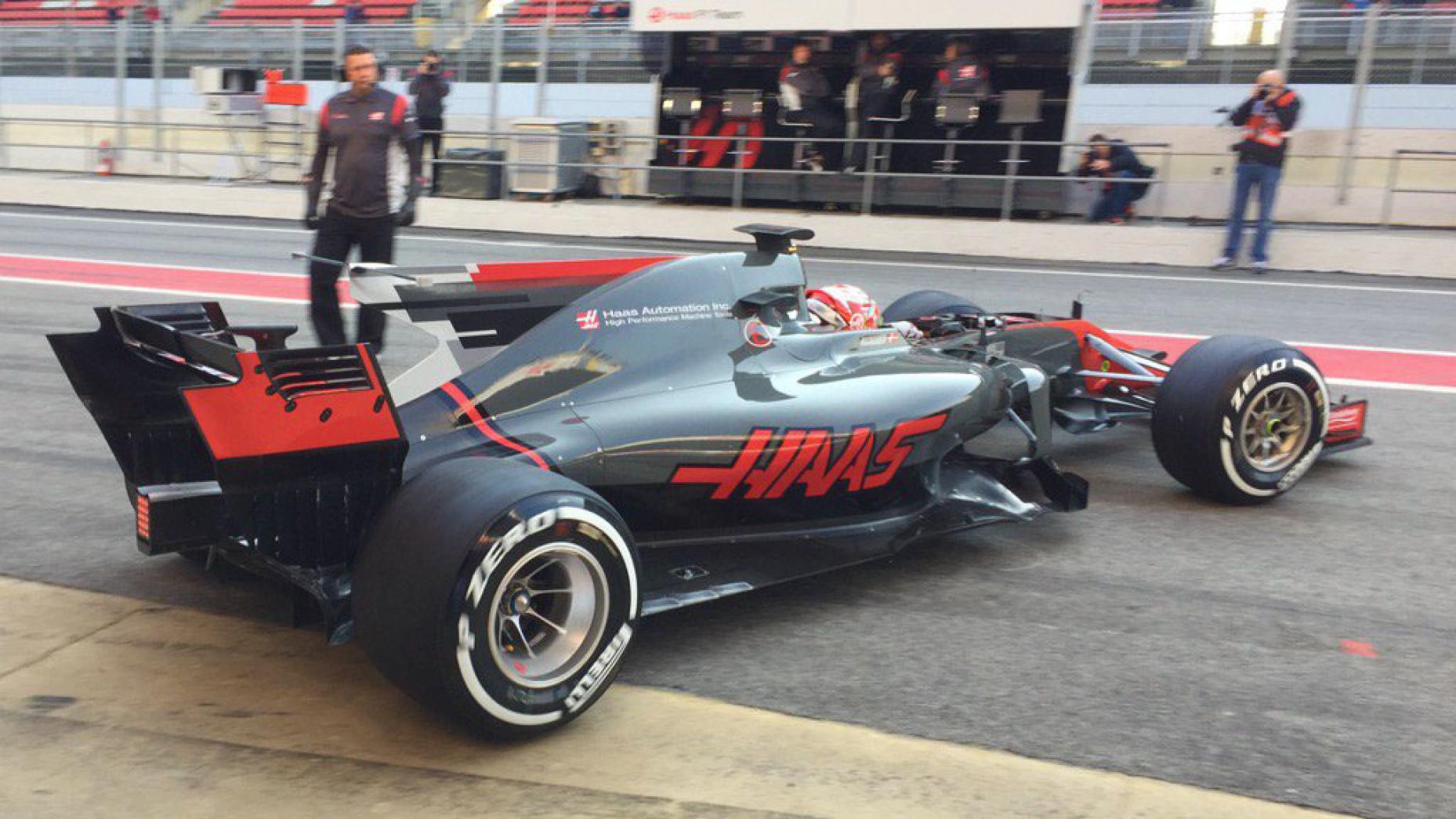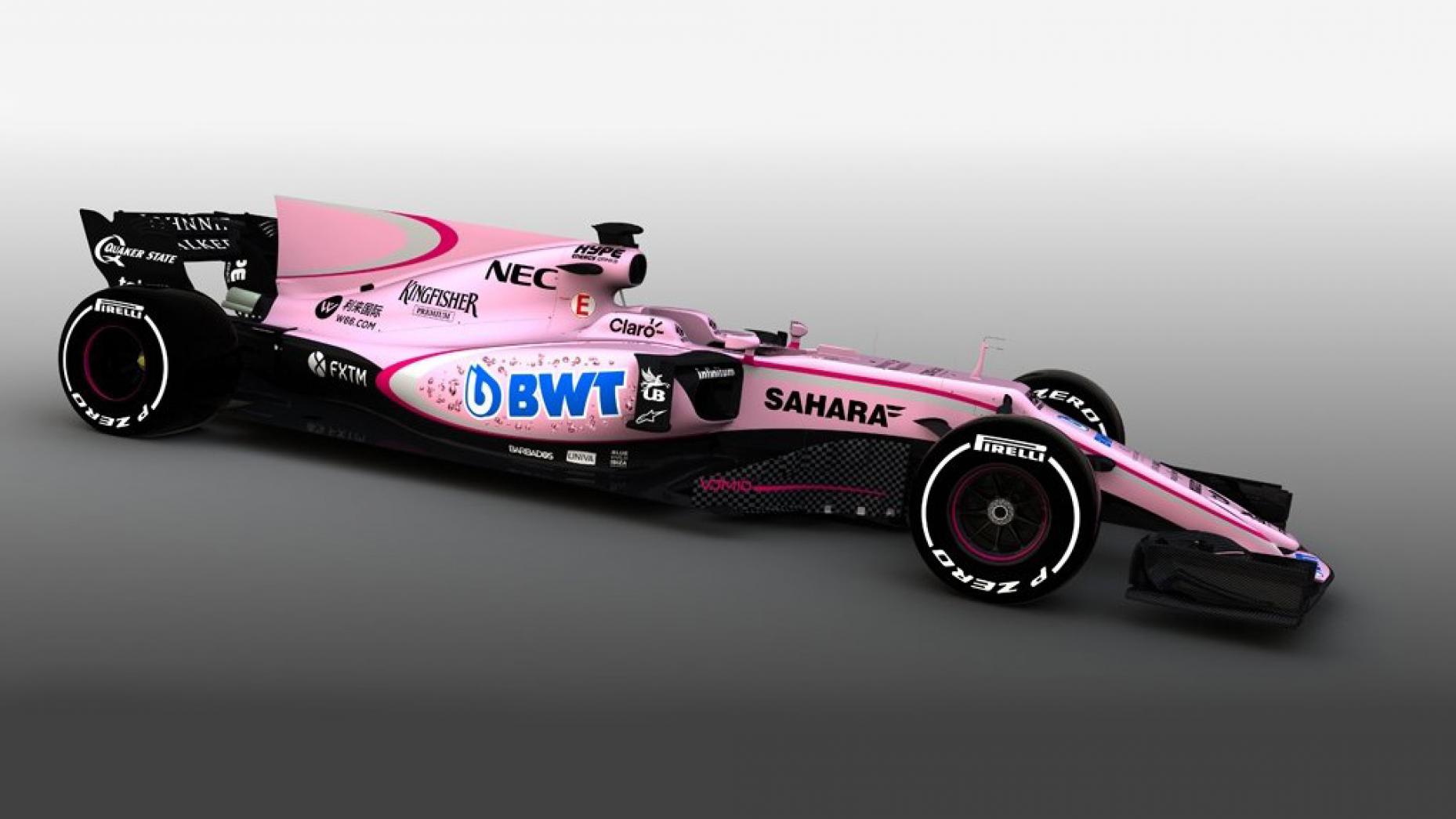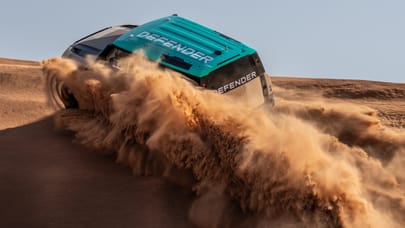
F1 is back: here’s what you need to know
Faster, grippier, more physical: we speak to Merc, Pirelli and Brembo for the full lowdown
“The records we have broken in the past three years don’t count for anything now, they are just lines in some history books,” Mercedes-AMG F1’s motorsport Big Boss, Toto Wolff, tells TopGear.com.
He’s right. For all Merc’s success over the past three years – three Constructors’ Championships and three Drivers’ Championships split between Lewis Hamilton (2) and the recently retired Nico Rosberg (1) – 2017 is a full reset.
Words: Vijay Pattni
New cars. More grip. Fatter tyres. A faster spectacle. From personnel through to the machines themselves, the tyres and even the brakes, much has changed. “Next to the previous generation of cars,” Toto adds, “these are properly spectacular.”
Fingers crossed then, that at this weekend’s first race of the new season, you’ll see some ‘spectacular’ racing, too. Much effort has been poured into making it so, and here, we’ve spoken to the people in charge to see what’s what.
First up, the reigning, defending, three-time champions of the woooorld...
Toto Wolff, head of Mercedes-Benz Motorsport
It’s the team everyone has to beat, though Toto isn’t one to rest on the team’s history. “We believe in saying that yesterday’s trophies don’t win tomorrow’s games,” he tells TopGear.com. “And that’s more true when you have a big change in the regulations.”
It’s a completely new car, he says. “Longer, lower, wider… all of it has been redesigned to take every opportunity under the new rules, and also to cope with the much higher loads, because the cars are going so much faster.”
Just 17 per cent of the W08’s components have been carried over from its predecessor, and the floor, barge board and the area in front of the sidepods have been significantly worked over. The entire structure of the car has also been worked on to deal with those increased loads – both mechanical and aero.
The engine too – again, the most powerful thing on the grid last year – has been redesigned. The new aero loads had a “significant” impact on the configuration of the engine as a structural component, so it’s heavier than in 2016. The combustion process has also been further revised, as the cars are expected to spend around ten per cent of every lap at full throttle.
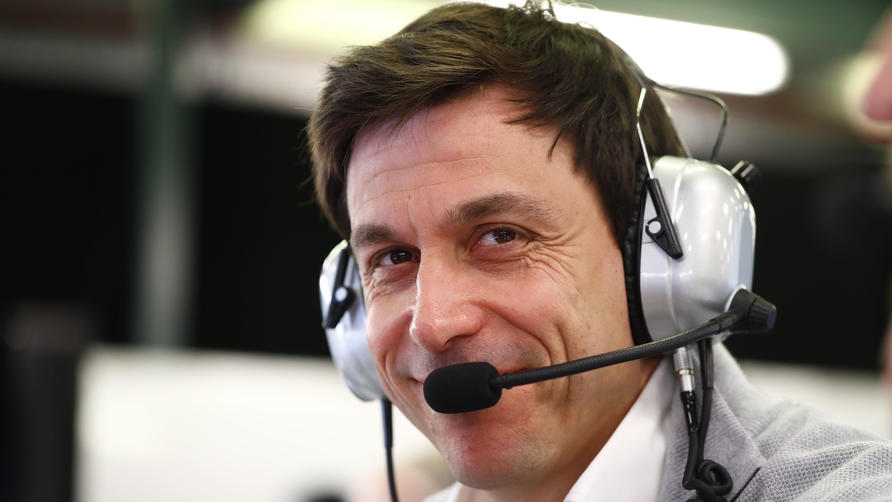
And because the new rules only allow for four engines per driver over the season, reliability was key to its development.
Top Gear
Newsletter
Thank you for subscribing to our newsletter. Look out for your regular round-up of news, reviews and offers in your inbox.
Get all the latest news, reviews and exclusives, direct to your inbox.
“Testing was tricky,” Toto tells us. “We had a bit of an up and down time, and we were definitely on the back foot at points, but this kind of electric shock is sometimes good for the team, to give you a new focus.”
Pressure’s on, then, especially considering the Scuderia’s pace in pre-season tests. “It’s always intriguing to get to the first race and find out what cards everybody has in their poker hand,” Toto says. “Ferrari were consistently quick in testing – short runs, long runs, every time the car was on track, they were there. You can’t fake that, so we know they’ll be a big rival this year.
“As for Red Bull, they haven’t shown their hand yet at all. Their car was so simplistic in testing – it was like a LEGO car. I don’t think it had very much at all to do with the car we will see in Australia, so we’re not writing them off. It would be crazy to do that,” he adds.
Crazy too, to not worry about every little detail. “I am a skeptical guy,” he says, “with a glass-half-empty approach to things. I worry about everything. Have we missed a loophole in the rules? Do we have enough downforce? Will we be reliable?
I am a skeptical guy with a glass-half-empty approach to things. I worry about everything
“That’s the way you need to be in this business, focusing on every little detail. The mood right now is nervous anticipation…”
Lewis Hamilton and Valtteri Bottas’s initial reaction in testing the new W08 was that overall, the car felt good. “But it’s been a bit edgy to drive,” Toto says. “They can both feel the potential in the package but we need to unlock it consistently.”
So it’s not going to be an easy year, not least from this angle. “It’s going to be a massive battle,” he says. “We are expecting a dogfight through the year and looking forward to it. It’s like a new challenge for the team to go head to head with our rivals after three seasons when we dominated...
“This is when you see what a team is really made of,” he adds. Game on.
Paul Hembery, Pirelli Motorsport Director
The brief heading into 2017, according to Paul, was simple: “Together with the chassis, [the brief was] to gain a lap improvement of five seconds compared to 2015 Barcelona, that was the input between changing the tyre size and the package of aero.”
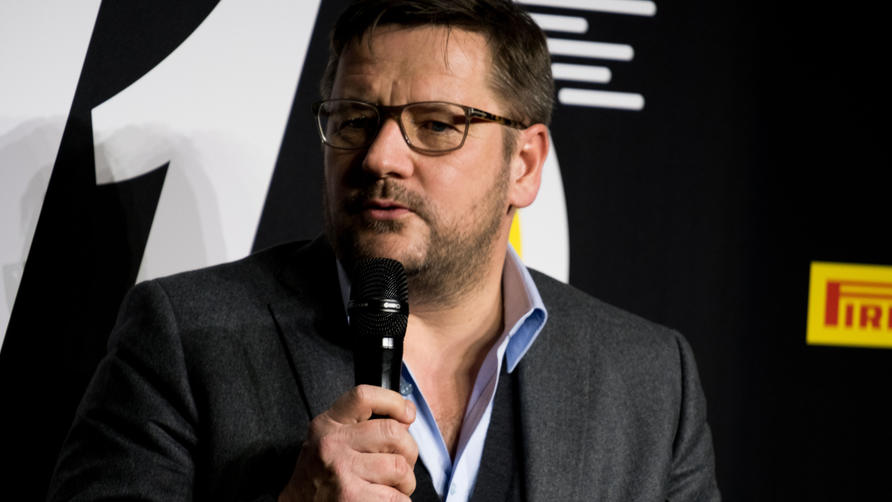
The drivers also had an input, with many of them asking for “less thermally sensitive” rubber (read: tyres that don’t fall apart so quickly) in order to facilitate much more aggressive bouts of overtaking. “That was a significant contrast to what we had six years ago when we were asked to give the teams and drivers a challenge, which we did,” Paul adds.
Essentially, Pirelli basically removed “the ingredients that were thermally sensitive” from the tyres, to make it more stable so drivers could push. And push hard.
What does this mean in raw performance terms? “We’re looking at 25mph quicker in corners, 1G in cornering… it’s a substantial change,” Paul adds. He’s right.
So far – and of course, it could all be very different come Australia – the feedback has been the tyres don’t overheat. “They [the drivers] are allowed to push on, and not lose performance the way the tyres did in the past,” Paul says. In layman’s terms, then, we’ll see “more tired drivers”, he notes with a giggle.
Physically for the drivers it’s going to be a much bigger challenge
“They’re going to feel like they’ve been having a good workout,” he says. “I think physically for the drivers it’s going to be a much bigger challenge, but of course, they’re very fit these days anyway…”
A beat. “I don’t think we’re going to see a return of the Mansell moments though, where he gets carried from the car to the podium,” Paul laughs. “Every one of them knows that this year is the year they have to step up their physical preparation.”
Which one in particular though, stands out for Paul? “I’m a Brit – and I get into trouble sometimes when I say this – but I’m a Lewis fan. Have been since his early days of racing. He’s a big, big champion. He’s just a great talent.
“But you’ve also got Danny and Max from Red Bull, Sebastian Vettel who dominated for years – an amazing driver – Kimi, one of the real stars of F1. There’s a lot of talent.
“Though I think there won’t be too many surprises as to who’s going to be at the front this year…” he notes.
Mauro Piccolo, Brembo
Not the most exciting aspect, but just as fundamental to the racing you’ll see as the tyres and the engine/chassis package. Simply put, stronger, more reliable brakes mean late braking, which means more exciting overtaking.
Brembo supplies seven teams on the grid – Mercedes, Ferrari, Red Bull, Toro Rosso, Renault, Sauber and Haas – and has introduced a few changes over last year’s brakes, following a bit of input from the drivers.
“The main topic was cooling,” Mauro explains. “To maximise the cooling of the brakes on the one hand, and on the other to have a system and friction that can guarantee a good control. The drivers need something predictable, too.”
So in any condition, each driver can expect a certain level of braking and retardation. But each team of course, has different requirements, because each driver brakes differently. You knew that already, right?
Fernando once told me it's not generating the force, it's generating the force for the entire Grand Prix
“Every team has its own way of thinking about the brakes. Some want thickness, others weight reduction… we have seven different teams and seven different brake systems,” he laughs.
“Actually, the front brakes are different from the rear, so we really have 14 different types of brake systems across the paddock,” he says.
The rule changes for 2017 then, meant a change in brakes. “The car is gaining grip through wider tyres, so we’re targeting a 25 per cent increase in brake torque over last year.
“The front discs are thicker – up to 32mm – which allows us to drill more holes into it (for better cooling), while at the back, some teams have gone for the bigger 32mm thick disc, others have opted for 28mm,” he added.
What it results in is around 6Gs worth of braking force. Quite a lot. “Speaking with Fernando Alonso once,” Mauro recalls, “he told me the issue isn’t really generating the force, it’s generating the force for the entire Grand Prix… keeping the sensitivity under braking. That’s important. Controlling tyre degradation, the driver has to be very cautious in applying brake pressure.”
Each team will get ten sets of calipers, between 140 to 240 sets of discs, and between 280 and 480 sets of brake pads. The discs are estimated to last around 500 miles in “optimal” temperature conditions.
Ah yes, temperature. Mauro says the heat ranges from between 300 to 500 degrees Celsius, but peak temperature can exceed 1,100 degrees. “It’s a sort of barbeque,” he laughs.
Who’ll be standing on the top spot at the end of this barbeque? We’ll find out in a couple of days time...
Trending this week
- Car Review
BMW 1 Series





